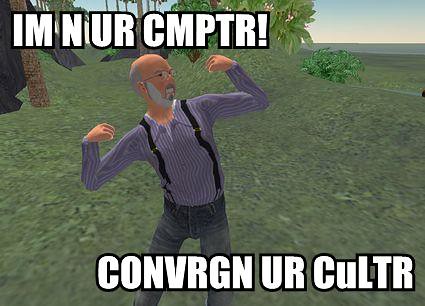After reading a passage of Jenkins book Introduction: "Worship at the Alter of Convergence" and Weinberger's book Everything is Miscellaneous, I noticed a few main points that Jenkins brought up which connects to Weinberger.
 |
| Henry Jenkins |
Jenkins Main points:
1) Convergence Culture: This concept that Jenkins brings up suggests that people are getting information is being done so on different platforms. For example, people are no longer just getting news from the newspaper, instead they might be getting all of their news from less formal sources.
2) Participatory Culture: This concept suggests that there is a shift in the production of media. Now the general public is producing media and it is no longer just for its previous formal producers.
3) Collective Intelligence: No one knows everything, but everyone knows a little. If we combine everyones knowledge we can get closer to the desired solution.
All of these points line up with the main points of Weinberger. Convergence culture speaks on the part about how organizing data and metadata is more plausible with the innovation of the web. Participatory Culture in a sense is Web 2.0, people can now help organize as a group not an individual (i.e. flickr.com and delicious.com) or help add their own personal knowledge (i.e. wikipedia.org). Participatory culture leads to the concept of collective intelligence, this is also a Web 2.0 concept that Weinberger writes on. All three main points are reliant on one another and without the others each would not exist.
 |
| Found this funny pic on the web |






